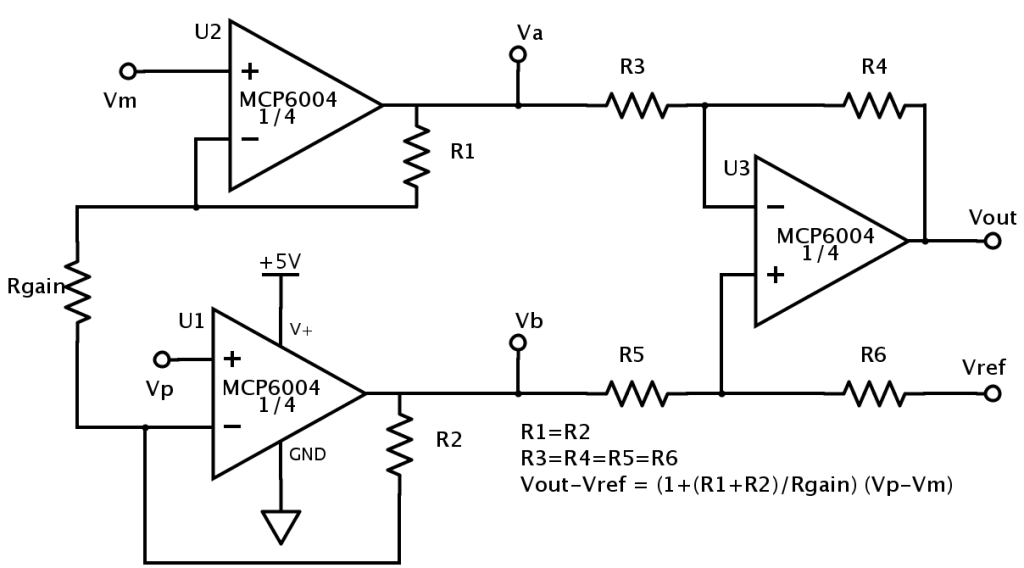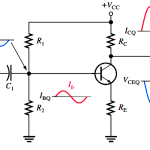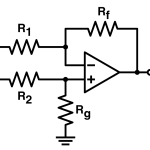Many industrial and consumer applications require the measurement and control of physical conditions. For example, measurements of temperature and humidity inside a diary plant to accurately maintain product quality, or precise control of the temperature of a plastic furnace to produce a particular grade of plastic, etc
These changes in physical conditions must be converted to electrical quantities using transducers, and then amplified. Such amplifiers, which are used to amplify signals to measure physical quantities are commonly known as Instrumentation Amplifiers.
The input to an instrumentation amplifier is the output signal from the transducer. A transducer is a device which converts one form of energy into another. Most of the transducer outputs are of very low-level signals.
Hence, before the next stage, it is necessary to amplify the level of the signal, rejecting noise and the interference. The general single ended amplifiers are not suitable for such operations. For the rejection of noise, amplifiers must have high common-mode rejection ratio.
The special amplifier which is used for such low-level amplification with high CMRR, high input impedance to avoid loading is an Instrumentation Amplifier.
The instrumentation amplifier is intended for precise, low-level signal amplification where high input resistance, low noise and accurate closed-loop gain is required. Also, low power consumption, high slew rate and high common-mode rejection ratio are desirable for good performance.
Requirements of a Good Instrumentation Amplifier
An instrumentation amplifier is usually employed to amplify low-level signals, rejecting noise and interference signals. Therefore, a good instrumentation amplifier has to meet the following specifications:
Finite, Accurate and Stable Gain: Since the instrumentation amplifiers are required to amplify very low-level signals from the transducer device, high and finite gain is the basic requirement. The gain also needs to be accurate and the closed-loop gain must be stable.
Easier Gain Adjustment: Apart from a finite and stable gain, variation in the gain factor over a prescribed range of values is also necessary. The gain adjustment must be easier and precise.
High Input Impedance: To avoid the loading of input sources, the input impedance of the instrumentation amplifier must be very high (ideally infinite).
Low Output Impedance: The output impedance of a good instrumentation amplifier must be very low (ideally zero), to avoid loading effect on the immediate next stage.
High CMRR: The output from the transducer usually contains common mode signals, when transmitted over long wires. A good instrumentation amplifier must amplify only the differential input, completely rejecting common mode inputs. Thus, the CMRR of the instrumentation amplifier must be ideally infinite.
High Slew Rate: The slew rate of the instrumentation amplifier must be as high as possible to provide maximum undistorted output voltage swing.


